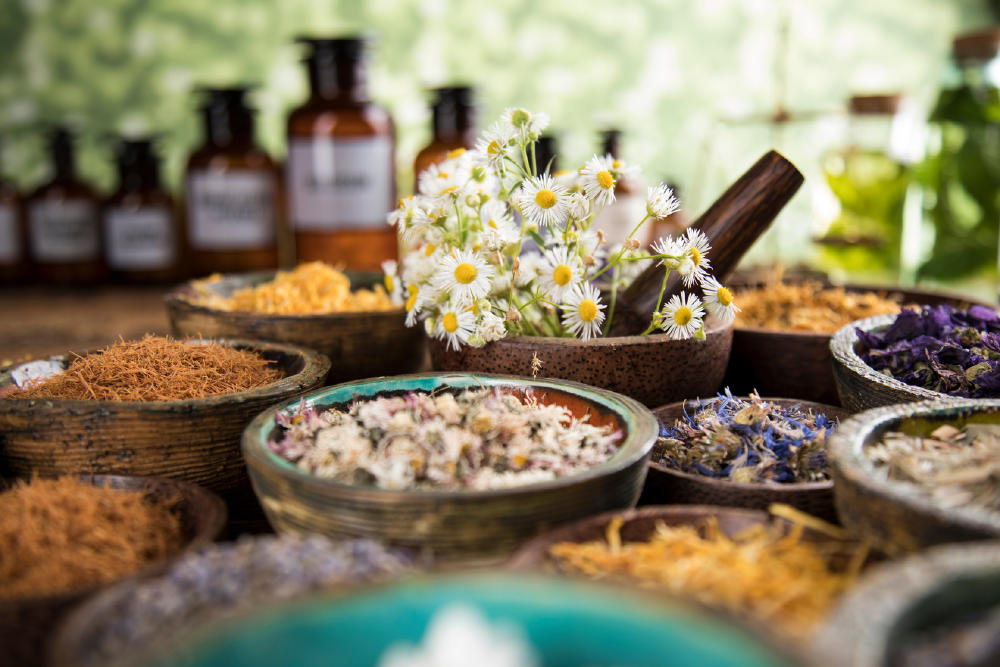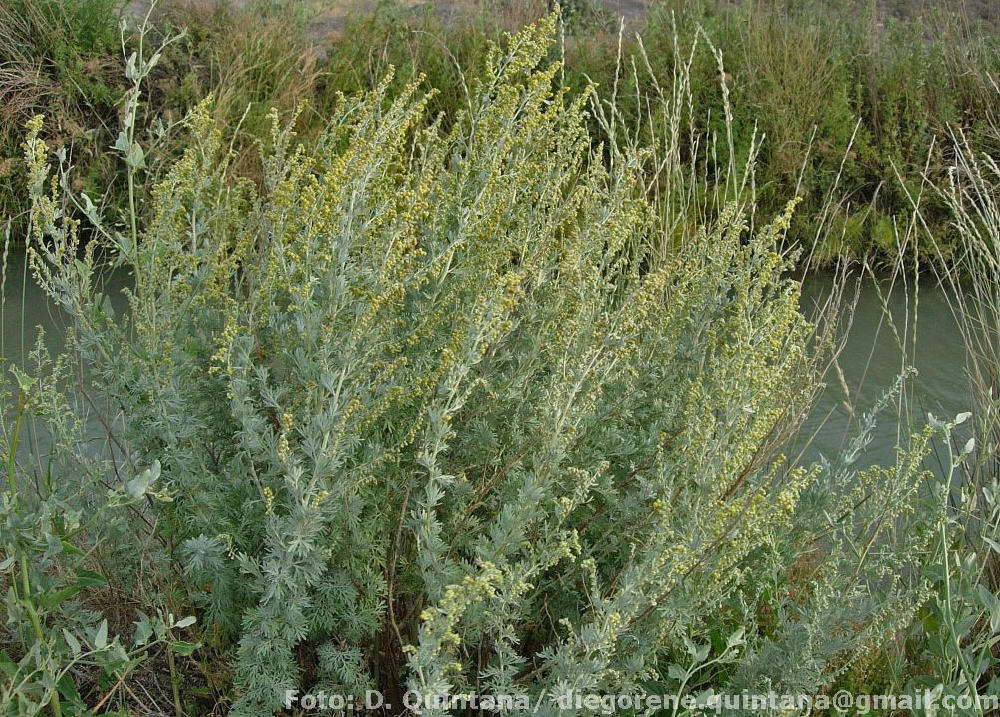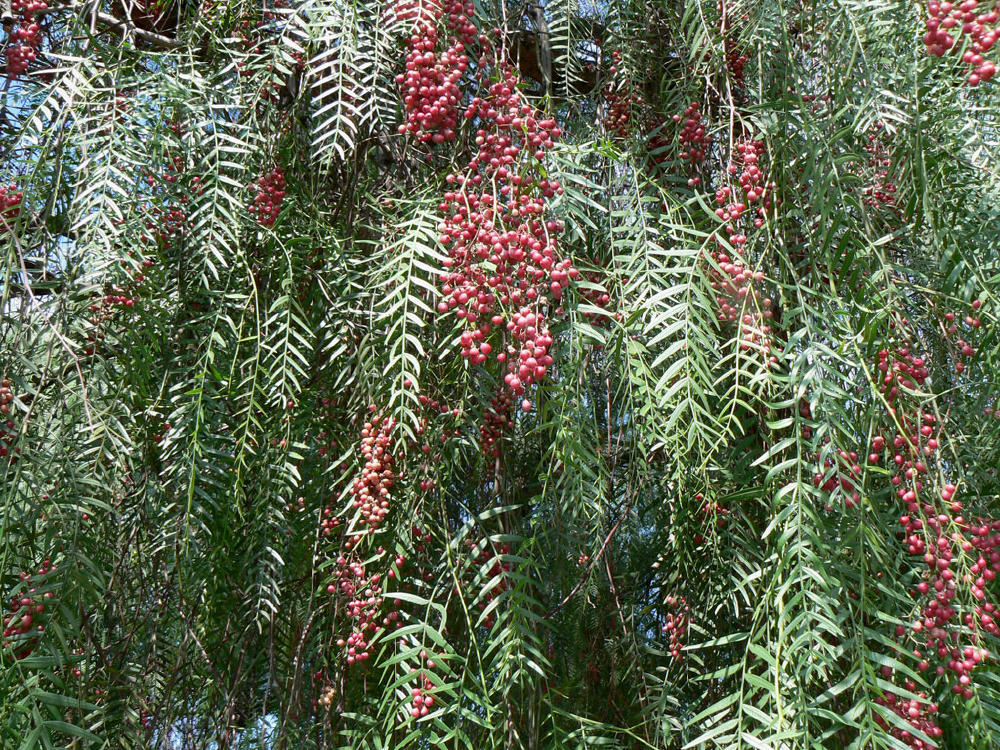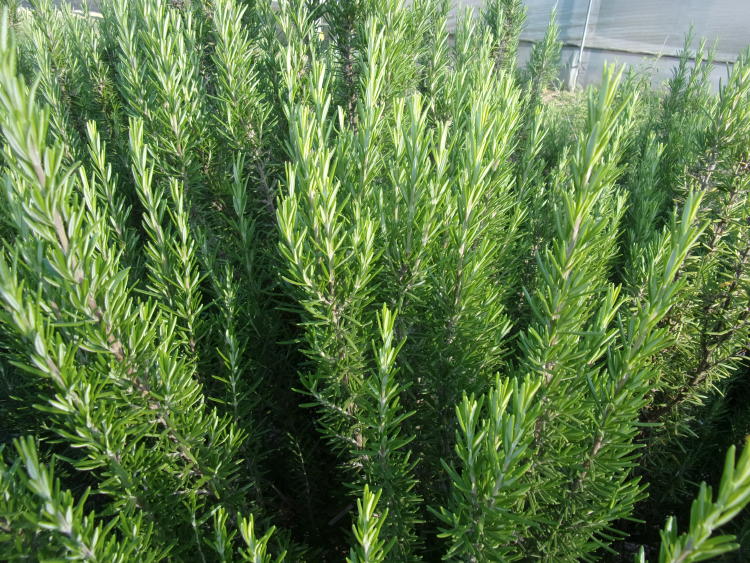 On this occasion we invite you to explore the aromas, fragrances and flavors of plants that appeal to our senses of smell and taste. The plant kingdom shapes our world by enriching soils with organic matter, sequestering carbon dioxide from the atmosphere, a potential greenhouse gas, and being elemental in food webs, providing food, water and shelter for other organisms.
On this occasion we invite you to explore the aromas, fragrances and flavors of plants that appeal to our senses of smell and taste. The plant kingdom shapes our world by enriching soils with organic matter, sequestering carbon dioxide from the atmosphere, a potential greenhouse gas, and being elemental in food webs, providing food, water and shelter for other organisms.
However, the qualities of plants are not limited to the aforementioned ecosystem benefits . In recent decades, knowledge has multiplied in relation to plant species and their aromaticity.
History of aromas
Natural perfumes have been part of the history of mankind since its inception. Before science, religion, art, and before the most rudimentary appearance of language, human beings began to use aromas. When the first fires appeared, when communities began to practice a sedentary lifestyle, food was cooked with fire. By chance, or out of curiosity, someone once threw a sliver of resin, or a spice, or an herb, and the scent filled the air, and the smoke rose with its precious cargo.
” The rising smoke not only provides food to the gods, but also to people who begin to enjoy the pleasant scent that lingers in the air around the fire.” They begin to discover the added effects of aromatic smoke and gradually begin to identify substances that improve breathing, others that relieve pain, and others that produce a state of relaxation.
Hence the word perfume, perfumun, in Latin “through the smoke”. This is how the first aromatic fumes are born, originating from the combustion of the essential oils that these plants possess. These early rituals are common to almost all world religions, many of which continue to use aromatic offerings in different corners of the planet, for example: incense.
Where do the vegetable aromas come from?
A broad spectrum of plants present in their tissues or which release aromatic substances into the environment classified as essential oils, essences or volatile oils. Some are found in small hairs called glandular trichomes that release their substances into the air and other aromas are emitted by osmophores, glands present above all in some flowers such as jasmine, roses and violets. From ecology, it is believed that these substances emitted by weeds are ecological and evolutionary adaptations, developed to attract certain animals, especially pollinators, or to repel herbivores who want to eat them, keeping them away.
Listed below are 5 fundamental species in human cultures:
1. SALVIA
This species native to Argentina is used to flavor soups and boiled milk.


It has an extremely bitter taste, and a very aromatic and dry smell. It is used as a natural insecticide.
3. CAMOMILE
The flowers are used, with a bitter taste and an apple smell (from which the common name derives).
4. RED PEPPER
The whole plant generates a highly aromatic resin which can be appreciated simply by breaking a leaf or a twig. Its aroma is reminiscent of paprika.


5. MONTE CEDAR
Shrub native to Argentina, it has flowers with a very sweet aroma, similar to jasmine, which attract butterflies.
Here are some actions that you can practice to explore the world of aromatic herbs:
-Explore the neighborhood to recognize wild medicinal and aromatic plants. You can take turns visiting nurseries and community gardens.
-If you have a green space, encourage yourself to create your own herb garden . This garden will not only be ornamental and aromatic but will also attract typical pollinators such as hummingbirds, butterflies, birds, caterpillars, among others.
-Let’s taste! Let’s not forget that certain aromatic plants flavor and enrich our meals, let’s use them to prepare unique recipes.
-Aromatic plants connect spiritual, gastronomic and medicinal practices that shape our cultures: sahumar,making tea, seasoning our lunches and dinners, offering to the gods or loved ones, are rituals. For all this we must not forget the aromatic plants, bearers of ancient knowledge and practices, unique treasures to be shared among peoples.




